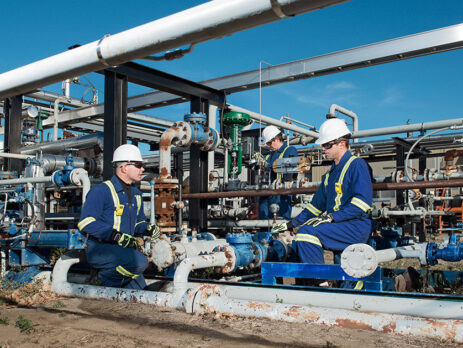The True Cost of Personal Multi-Gas Monitors
Personal multi-gas monitors are among the most commonly used gas detectors today, and for good reason. Four-gas and five-gas monitors allow you to monitor the three primary gas hazards: toxic, combustible, and asphyxiant gases, while also giving you the flexibility to customize your sensor configuration to the gas hazards you’re most likely to encounter. With personal multi-gas monitors, you get a lot of coverage in one wearable device.
Because four- and five-gas monitors are so popular, you have many options to choose from. Since nobody wants to spend money on safety equipment, you might be tempted to compare sticker prices and go for the lowest cost.
This approach is flawed for two reasons:
- Providing your workers with the appropriate gear is a critical to ensuring your teams go home safely after each shift. When it comes to keeping your people safe, reliability, durability, and usability must be priorities. If the lowest cost gas detector can’t protect your workers adequately, then it’s too expensive.
- The sticker price of a gas detector only tells part of the story. You also need to consider the total cost of owning the personal gas monitor over the long run.
Below are the key factors you need to consider when evaluating the lifetime cost of ownership for a personal gas monitor.
Personal Multi-Gas Monitor Lifespan
The lifespan of a personal gas monitor makes a big difference in the total cost. If an inexpensive or so-called “disposable” personal gas monitor will need to be replaced every year or two, the price can quickly exceed that of a more expensive monitor that lasts between four to eight years. A well-made gas detector can last years if it is properly serviced. Look for upgradeable firmware, replaceable batteries and sensors, and other service features that can be significant tools in helping you extend a monitor’s lifespan.
Warranty Length
All gas detectors are not created equal, and manufacturers’ warranty coverage reflects that. Shorter warranties can sometimes be an indicator that the monitor might have a shorter lifespan or won’t be guaranteed to last. Look for monitors with a longer warranty. This means the manufacturer is responsible for repairing items covered under the warranty should they go bad, significantly lowering your total cost of ownership.
Flexible Configurations
When it comes to safety equipment, it’s best to look for solutions that will work in multiple applications so you can avoid purchasing extra equipment. If you need both pumped and non-pumped functionality, buying one monitor that can do both can be more cost effective in the long run. On top of that, it reduces the number of devices workers need to do their jobs, making everyone’s lives just a little bit easier.
